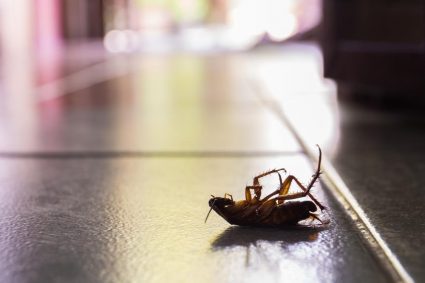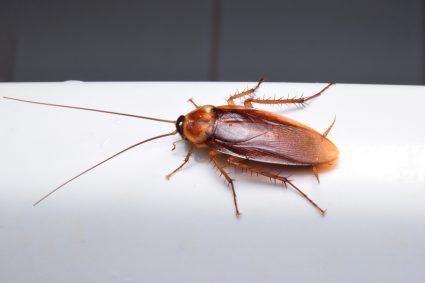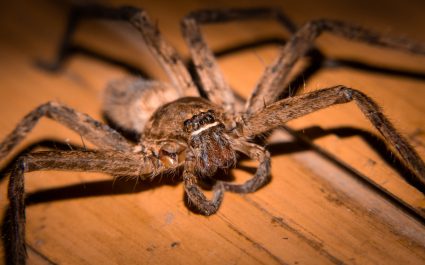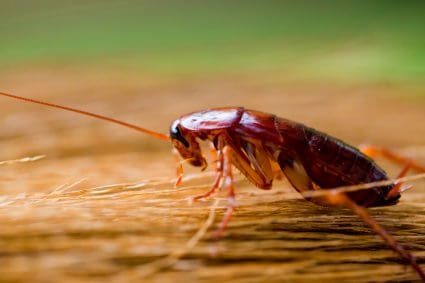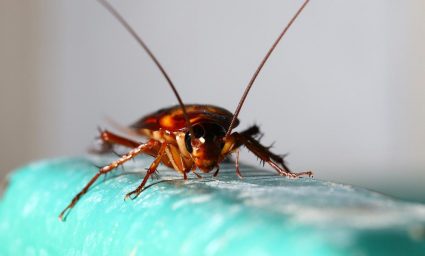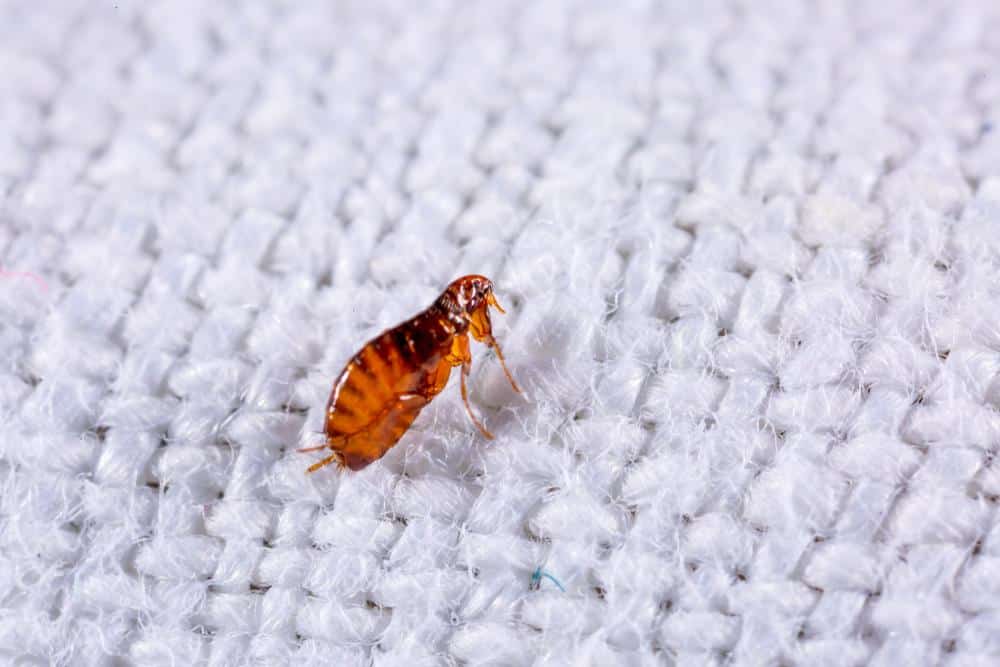
Fleas are a common nuisance to pets and their owners. Most people associate fleas with the fur of animals, but the question often arises – can fleas live in human hair? The answer is generally no, and this article will delve into the reasons why.
Fleas do not typically live in human hair due to the growth patterns, composition, and structure of human hair, which are different from animal fur. Also, the human scalp environment doesn’t provide the necessary conditions for fleas to hide, survive, and reproduce. While fleas can bite humans, they cannot live on the human body or scalp for long periods.
Fleas: A Brief Overview
Fleas are small, wingless insects that survive by feeding on the blood of animals and humans. They are ectothermic arthropods, meaning their body temperature is regulated by the environment. These parasites are host-specific, needing a particular host to survive and reproduce.
The Unattractiveness of the Human Scalp
The primary reasons why fleas do not live in human hair are related to the growth patterns, composition, and structure of human hair. Human hair tends to grow independently and does not stop growing, while animal fur grows in a more synchronized manner and stops at a certain length. The thickness of human hair ranges from 17 to 181 µm, while animal fur is usually thicker.
Moreover, the human scalp environment is less ideal for flea infestation. Fleas prefer to live on animals with fur or feathers because they can hide and reproduce in this cover. Humans do not have enough hair on their bodies to provide fleas with adequate shelter for survival and reproduction.
Survival Needs of Fleas
Fleas require a host to survive. Without a host, adult fleas can only live for a few days to 2 weeks. Once aboard a host, they remain there until they are dislodged or groomed from the animal. Flea larvae feed on adult flea excrement, without which they cannot survive. They also feed on organic matter such as food particles, dead skin, or feathers.
Fleas do not survive well outdoors in hot, sunny lawns. Relative humidity less than 50 percent or soil temperature higher than 95 degrees F kills flea larvae. Indoors, flea larvae are usually found under furniture and in pet bedding.
The Flea Life Cycle
Fleas undergo four stages in their life cycle: egg, larva, pupa, and adult. Each stage is influenced by environmental conditions such as temperature and humidity. Fleas lay their eggs in the fur of their host, and these eggs often fall off the host and into the surrounding environment.
Flea larvae are sensitive to relative humidity and temperatures. Dehydration is fatal to flea larvae, so they will not survive relative humidity less than 45-50 percent or soil temperatures greater than 95 degrees Fahrenheit. In environments of suitable humidity and temperatures, fleas will develop year-round.
Common Misconceptions
There are several misconceptions about fleas living in human hair. For example, some people believe that fleas can live and lay eggs in human hair. However, this is not the case. Fleas do not lay eggs on the human scalp and cannot breed living off human blood.
Conclusion
While fleas can bite humans and use them as temporary vectors, they typically cannot survive on human hair for long. Fleas are more likely to bite humans on the feet, ankles, and legs, but they do not live on the human body or scalp. Fleas can, however, live in your bed if you let your pet sleep there. Therefore, it is essential to keep your pets and surroundings clean to prevent flea infestations.
Frequently Asked Questions
What are some signs of a flea infestation in pets?
Some signs of a flea infestation in pets include excessive scratching, licking or biting at the skin, hair loss, flea dirt on the pet’s coat (it looks like small black dots), and allergic dermatitis. In severe cases, pets may also show signs of anemia such as weakness, lethargy, and pale gums.
How can I prevent a flea infestation in my home?
To prevent a flea infestation in your home, keep your pets and their environment clean. Regularly vacuum your home, especially areas where your pets spend a lot of time. Wash pet bedding weekly in hot water. Consider using flea preventatives on your pets, and consult with a veterinarian for the best options.
Can fleas transmit diseases to humans?
Yes, fleas can transmit diseases to humans. While rare, fleas are known to transmit the bubonic plague. They can also transmit tapeworms and a bacterial disease called murine typhus.
How can I treat a flea infestation?
Treating a flea infestation involves treating both your pet and your home. This can include using flea treatments on your pet, washing all bedding, thoroughly vacuuming your home, and using pesticides if necessary. In severe cases, it may be necessary to seek help from a professional pest control service.
Can humans use flea shampoos or treatments designed for pets?
No, humans should not use flea shampoos or treatments designed for pets. These products are formulated specifically for animals and may not be safe for human use. If you are bitten by fleas, wash the area with soap and water, apply an antiseptic, and avoid scratching to prevent infection.



